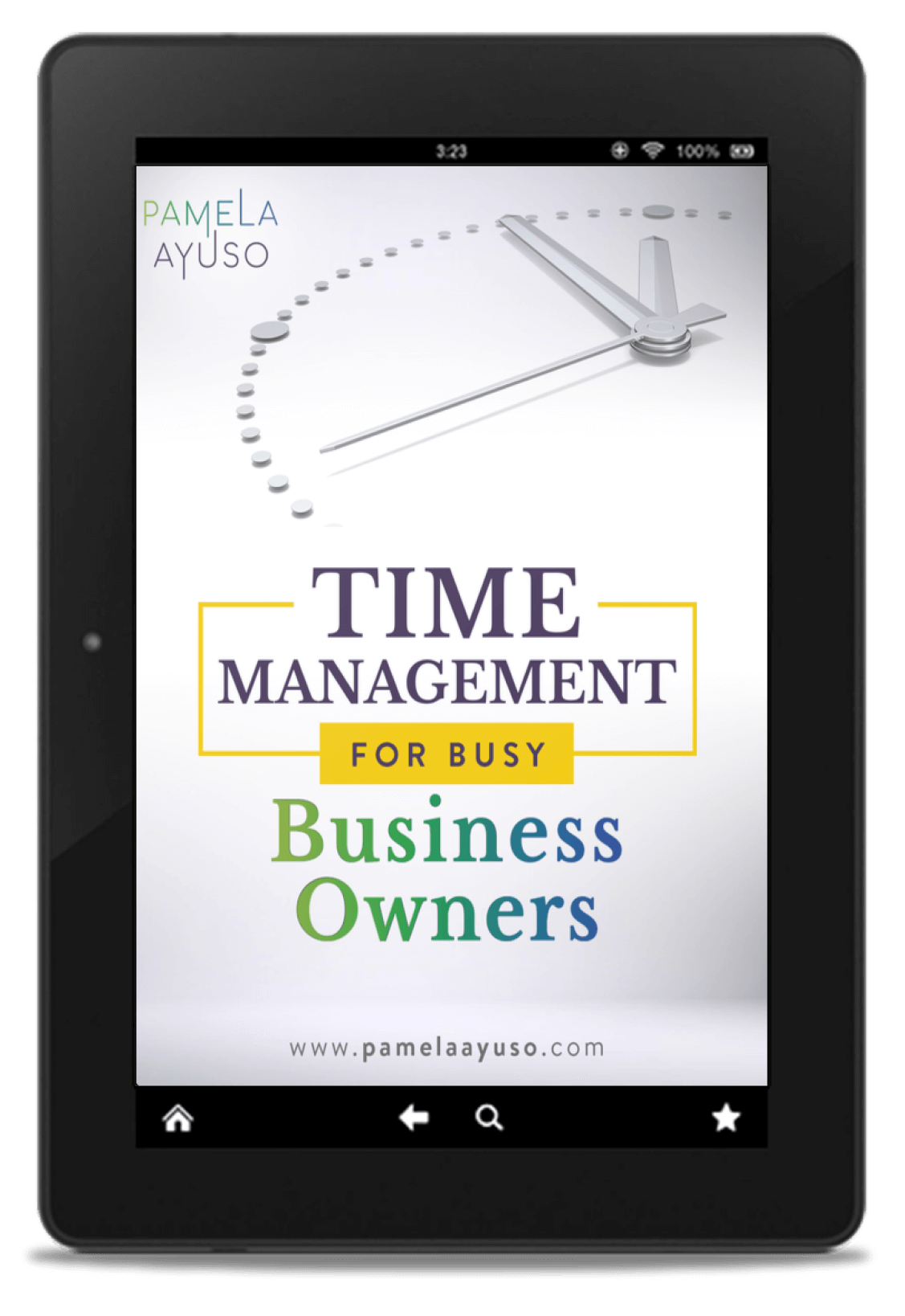Setting goals is essential for growth. Without a clear roadmap, the probabilities of getting to our destination are significantly diminished. On the other hand, with planning and perseverance, goals can help us arrive at previously unimaginable points. It is the only way to get to these new places.
Goals can vary immensely depending on the person and life stage. Sometimes a goal can be as simple as accomplishing a life event, like a pregnancy, in the healthiest way possible. Other times, the goal can be completing a major project successfully, such as the implementation of a company-wide system. The goals can change significantly from year to year.
What is important is to aim high and work diligently. The goals will guide you.
![[Photo: Ian Froome/Unsplash]](https://www.pamelaayuso.com/wp-content/uploads/2021/01/ian-froome-367862-unsplash.jpg)
[Photo: Ian Froome/Unsplash]
How to Set Goals
I recommend sitting down to write down your goals for the upcoming year in December. This timing will give you plenty of space to revise and to hit the ground running starting the beginning of January.
Before setting goals for the year, however, it is important to close out the prior year’s cycle, which means assessing what was accomplished and what wasn’t. If you set goals for the prior year, review each one and write down the results. If this is your first year setting your goals, reflect on things you thought you wanted to achieve and where you are now. Give thought to what you learned and what you can improve upon in the future. Then, let go of anything that went unachieved so that planning for the next year can start on a clean slate.
The following step is to get inspired and think about what you can achieve in the subsequent year. Uncompleted goals may or may not be included again in the following year’s planning, as it depends on whether they are part of your new mission. Visualize where you want to be standing at the end of the year. What do you want to have achieved at that point?
Once you have a general idea of the place you want to reach, sit down to write:
-
Divide goals into categories, so you make sure your aspirations include all the parts of your life. Some examples of classifications are personal, professional, and community.
-
Goals should be both reachable and ambitious. If they are too easy, they represent no challenge. If they are all completely unattainable, then you’ll get discouraged and probably take no action.
-
They should also be measurable. Goals should include scope and timing. The more precise they are, the easier it will be to assess if you reached them. For example, if one of your goals is to take a class in photography, you can include a deadline for taking it. It is also useful to include any results you would like after taking the class, like photographing your niece’s birthday party.
-
Set the goals for the year. A year can go by in a flash, yet it is still a long time with plenty of space to achieve a lot.
![[Photo: Jamie Street/Unsplash]](https://www.pamelaayuso.com/wp-content/uploads/2021/01/jamie-street-382722-unsplash.jpg)
[Photo: Jamie Street/Unsplash]
Follow Through
Goals are made up of many tiny actions that eventually will lead you to the desired result. Work backward from the goals set for the year so that they are broken down into parts – for instance, quarterly and monthly. Goals like completing a new project will not get done without a plan and should include milestones that will get you to the final goal. Then get down to the details; what steps do you need to get to those milestones?
I recommend writing out the goals for the year in a document that can be edited easily and regularly. Then write out the plan for the first trimester in that same document, and then include other trimesters if applicable. Once the plan is ready, it needs to live in your daily life. Otherwise, it won’t get done.
Remembering to work on your goal and placing it in your schedule is the hard part: in order to follow up and think of what you should be working on, I recommend setting reminders through an app that will help you keep track of what you need to be working on. You can use apps such as Trello, Asana, and Wrike to help you.
![[Photo: Alexandre Chambon/Unsplash]](https://www.pamelaayuso.com/wp-content/uploads/2021/01/alexandre-chambon-157652-unsplash.jpg)
[Photo: Alexandre Chambon/Unsplash]
Measure
It is best to measure progress at pre-planned periods, and my preference is to check in at each quarter. At the end of the first quarter, refer back to the document with that period’s plan and see what was completed and what wasn’t. Also, assess where you are in the overall goal; let go of anything that didn’t get done and move on to the next quarter. Write down your plan for the next trimester and activate the necessary reminders so that the actions you need to take during that time won’t disappear.
Then, follow the same process for assessing progress, planning for the next period, and following through in each of the periods of the year. It’s okay to fail; if your goals weren’t ambitious enough, you wouldn’t fail. Just keep going, as there is always a chance to get back on track.
At the end of the year, evaluate the entire year. Review each of your goals and note the progress, as you will probably have accomplished more than you had realized. When you are done analyzing, it’s time to celebrate! What you achieved wouldn’t have been possible without those goals and the plan you followed. You deserve it.



